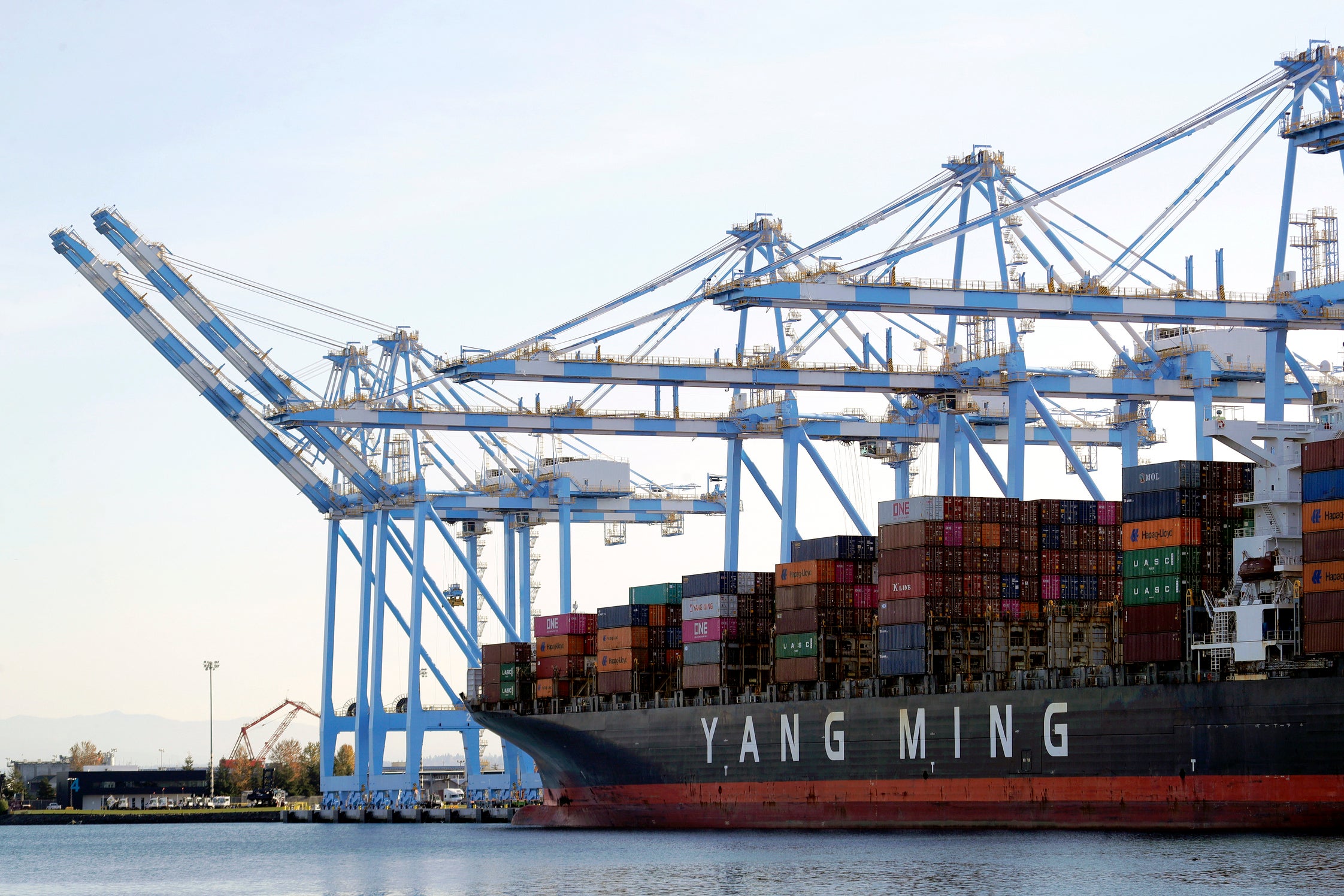US trade deficit up to $67.1 billion in August, 14-year high
The U.S. trade deficit rose in August to the highest level in 14 years

Your support helps us to tell the story
From reproductive rights to climate change to Big Tech, The Independent is on the ground when the story is developing. Whether it's investigating the financials of Elon Musk's pro-Trump PAC or producing our latest documentary, 'The A Word', which shines a light on the American women fighting for reproductive rights, we know how important it is to parse out the facts from the messaging.
At such a critical moment in US history, we need reporters on the ground. Your donation allows us to keep sending journalists to speak to both sides of the story.
The Independent is trusted by Americans across the entire political spectrum. And unlike many other quality news outlets, we choose not to lock Americans out of our reporting and analysis with paywalls. We believe quality journalism should be available to everyone, paid for by those who can afford it.
Your support makes all the difference.The U.S. trade deficit rose in August to the highest level in 14 years.
The Commerce Department reported Tuesday that the gap between the goods and services the United States sells and what it buys abroad climbed 5.9% in August to $67.1 billion.
The politically sensitive deficit in the trade of goods with China fell 6.7% to $26.4 billion.
So far this year, the United States has recorded a trade gap of $421.8 billion, up 5.7% from January-August 2019. Exports rose 2.2% to $171.9 billion, but imports rose more — up 3.2% to $239 billion.
President Donald Trump campaigned on a pledge to bring down America's persistent trade deficits He imposed taxes on imports of steel, aluminum and most products from China, among other things; and renegotiated a North American trade pact in an effort to encourage more production in the United States.
But the trade deficit won't yield easily to changes in trade policy. As the U.S. economy recovers from springtime shutdowns, Americans are buying more imported goods while foreign demand for U.S. products remains weak. And after a strict lockdown in February, China's factories got up and running faster than those in most places.